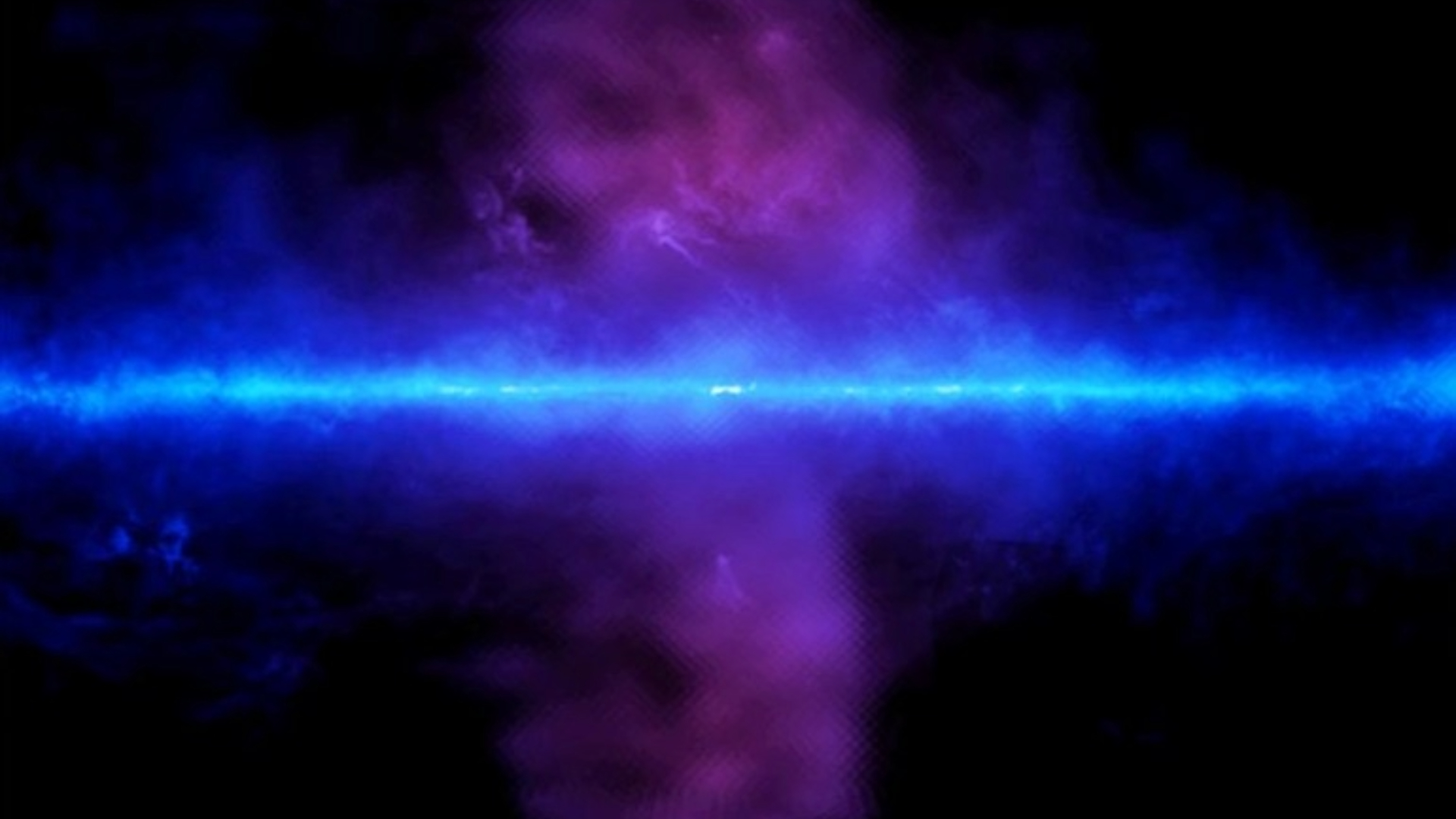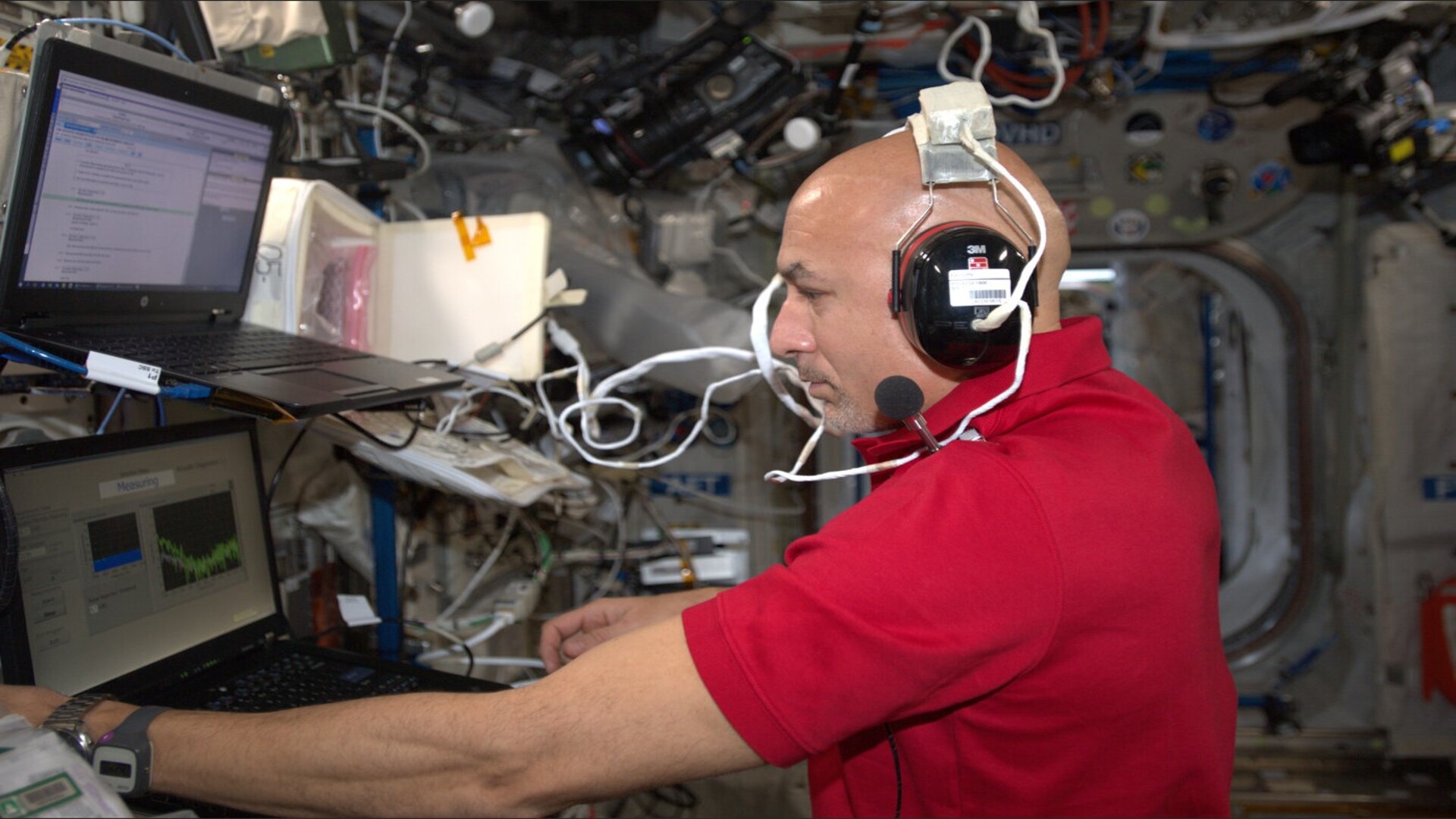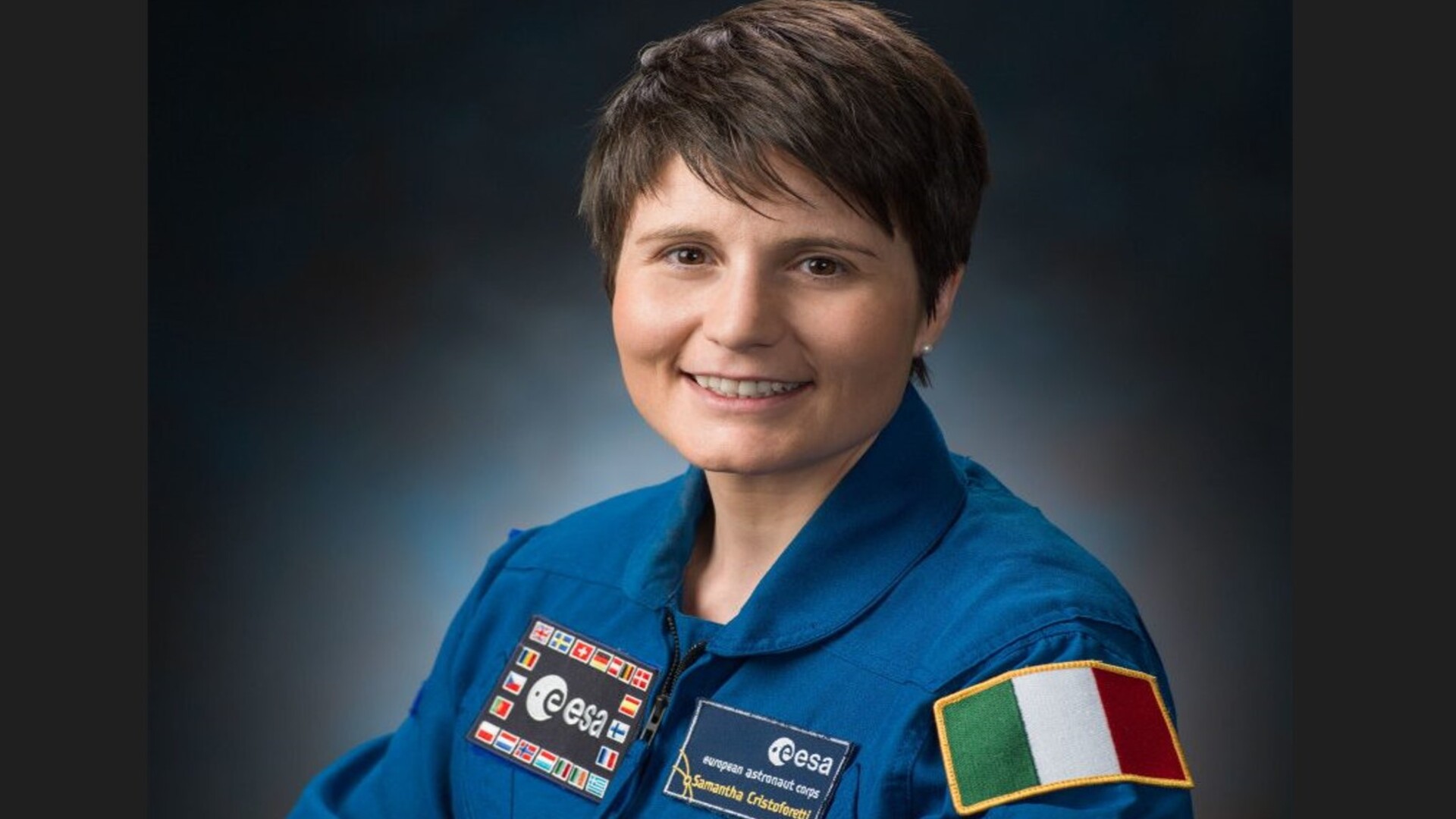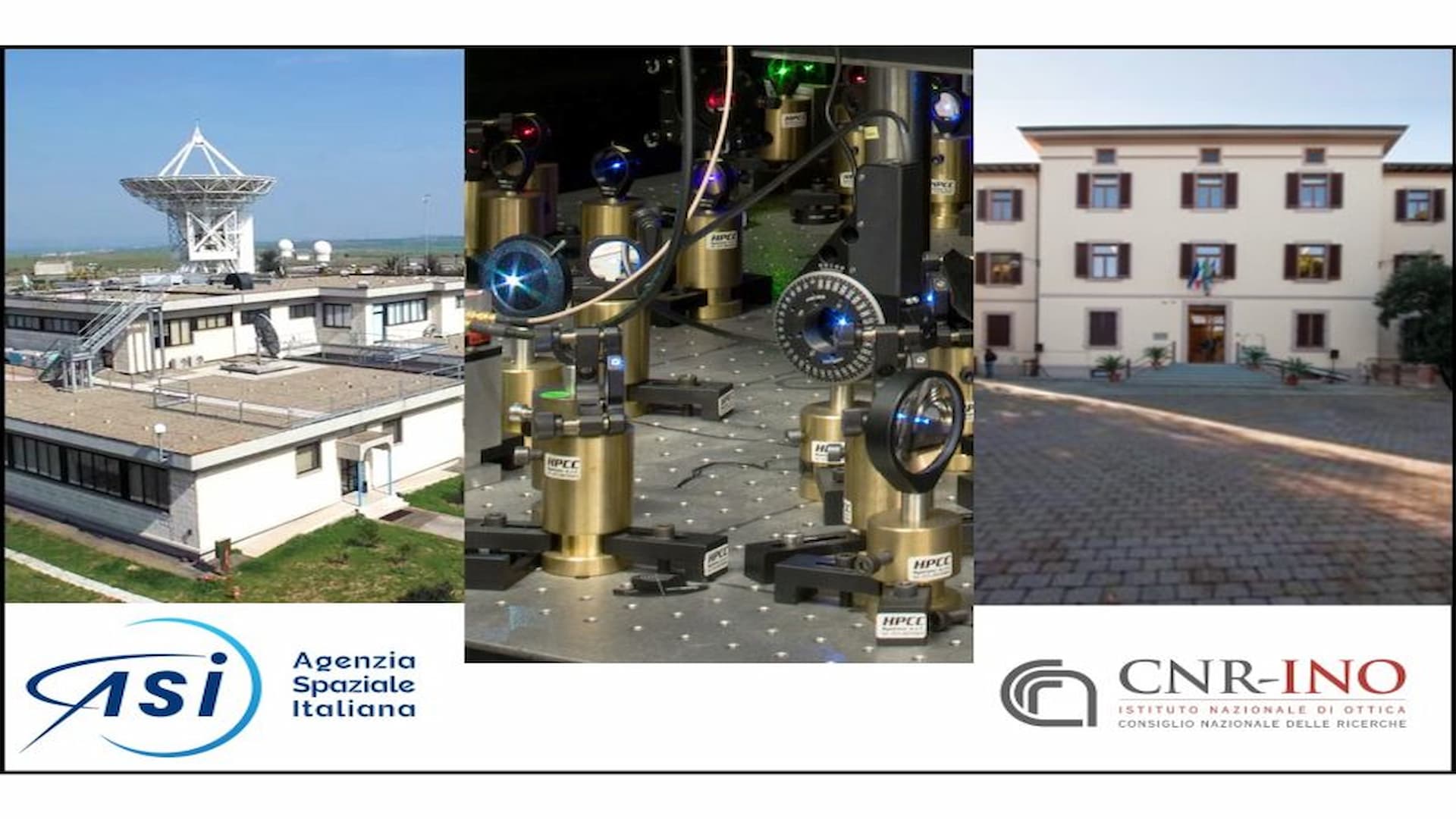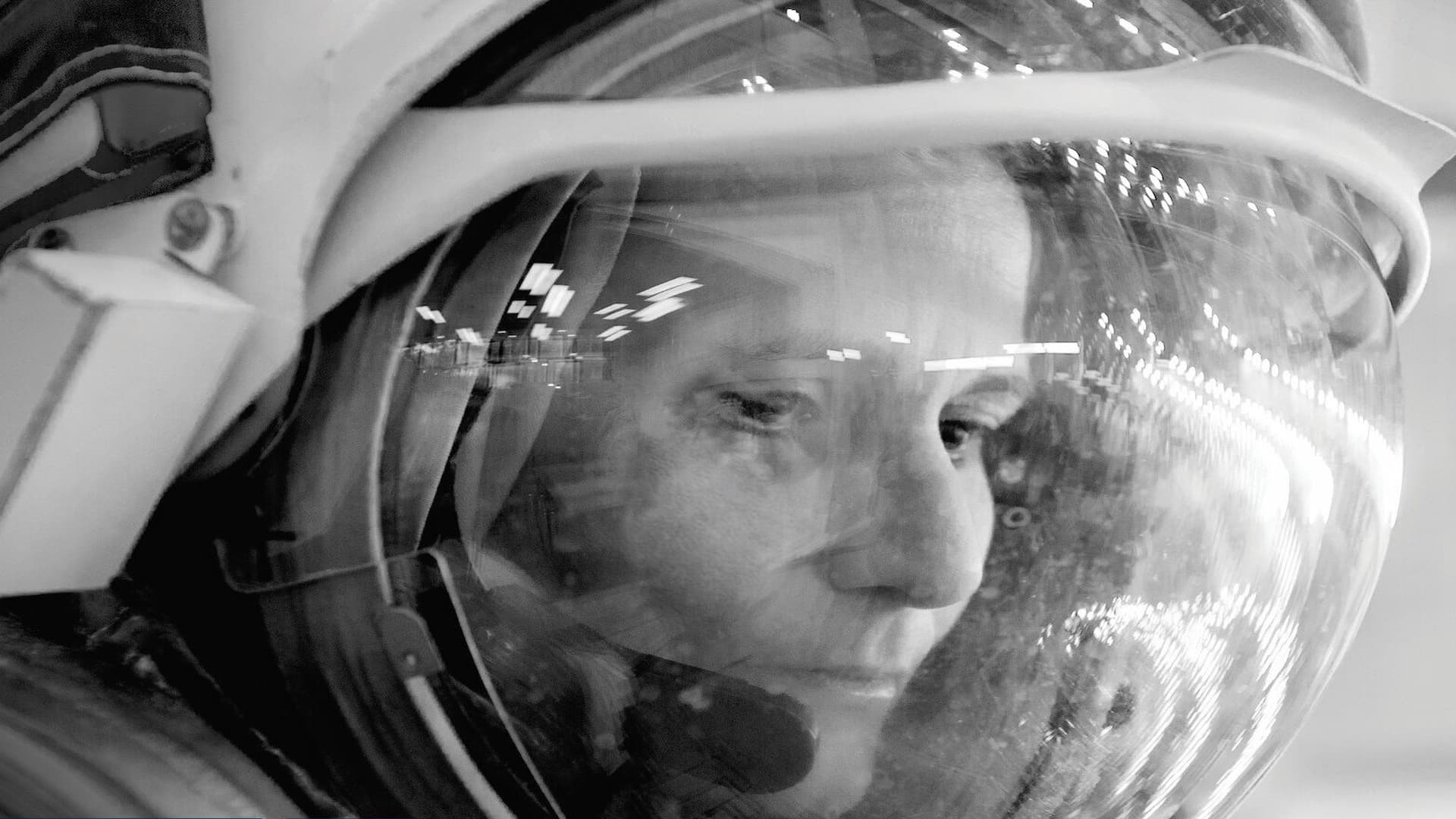BIOKIS - BioS-SPORE
Spores are a common strategy for yeast cell dissemination and colonization of novel environments. Assessing spore survival during space flights is of interest for the yeast ability to colonize new environments. To understand the molecular mechanisms of reproductive isolation is of great interest for evolutionary biology. Reproductive isolation leads to the generation of novel species-spores of interspecific hybrids are not viable. In many cases, parental species readily mate but the hybrid offspring is inviable or infertile. In rare cases, formation of hybrid species has adaptive purposes (i.e. survival in extreme habitats). The role of gravity in interspecific hybridization generation of new species remains to be assessed.
BIOKIS - ArabidopS-ISS
ArabidopS-ISS involves the microscopy analysis of root ultrastructure to assess statoliths, actin filaments and the localization and organization of microtubules. ArabidopS also deals with the alterations in whole gene expression due to microgravity, as well as the analysis of genes involved in the gravitropic response (a plant's ability to change its growth in response to gravity); with particular attention to the ROS (Reactive Oxygen Species) signalling chain.
BIOKIS - HiDOSE
Thermo luminescence dosimeters are used to measure the exposure dose to charged particles for biology experiments executed on board STS. HiDOSE also involves the monitoring of primary cosmic radiation.
BIOKIS - PHOTO-EVOLUTION
The unicellular photosynthetic alga, Chlamydomonas reinhardtii (single celled green alga), is an easy to cultivate model system widely used in photosynthetic studies having also innovative technological relevance. The space tolerance of some C. reinhardtii strains mutated in the reaction center protein D1, which is the main responsibility of the algal photochemistry, has already been tested during the ASI balloon and Foton-Biopan ESA missions in 2005 and 2007. The obtained results brought indications that some mutants are able to maintain high photosynthetic performance under space environment, most probably utilizing the space radiation to support electron transport. After flight, some of these mutants showed an increased oxygen evolution capacity compared to the reference strain. Algae are not naturally adapted to space environment, however single amino acid substitution in D1 protein resulted in the selection of radiation tolerant/resistant strains. Researchers associated with this study hypothesized a positive correlation between D1 protein structure and space tolerance/resistance. The directed evolution approach allows researchers to isolate a huge amount of mutants in a short period of time; whereby characterization could help identify strains with improved photosynthetic performance. Scientists will exploit a random mutagenesis (changes in the DNA of a cell) approach by error-prone PCR (technique used to introduce amino acid changes into proteins) to generate a pool of D1 variants and space or on-ground ionizing radiation sources (such as neutrons and protons) as selective pressure to isolate tolerant strains.
BIOKIS - TARDIKISS
Tardigrades or Water Bears are multicellular organisms (usually 200-800 micrometers in length). These organisms are usually found living in a marine or freshwater, but above all, they can be found in the terrestrial environment. Constituted by a constant cell number, these organisms could be cultured in a lab. They are characterized by having a long lifespan and new generations form in a relatively short time. Other aspects of these organisms include clonal lineages, the ability to naturally tolerate desiccation (state of extreme dryness) by entering a state called anhydrobiosis (a state in which an organism’s metabolic activities come to a reversible standstill usually occurring in situations of extreme dehydration), and the ability to perform anhydrobiosis from egg to adult.
BIOKIS - 3DISS
3DISS involves the use of tissue equivalent, biocompatible, offline dosimeters based on a diamond material which enables the fabrication of versatile dosimeters utilized to monitor personal and experimental environments. The use of a semiconductor material provides a real-time reading of the on-orbit dosimetric information beforehand. The use of inert genetic material (bacterial DNA and RNA) yields integration (without biological self-repairing effects) of the real radiation damage suffered as a result of the radiation environment inside of the spacecraft.
BIOKIS - nDOSE
While on orbit and in high altitude aircraft, humans are exposed to a complex mixed radiation field. The evaluation of neutron components concerning the radiation environment in spacecrafts, both in LEO (Low-Earth Orbit) orbits and in deep space, is of great importance because of their high LET (Linear Energy Transfer); especially in view of long-term space missions as on the ISS; whereby neutrons can produce dramatic damages to the health of astronauts as well as the instrumentation. With the proposed measurement system, based on neutron bubble detectors and stack bismuth track detectors combined with a suitable unfolding code, it will be possible to calculate the neutron energy spectrum in the range from thermal energy, which is the only correct approach, to the estimation of neutron dose.


